Detailed Product Description:
Native to the Eastern Mediterranean and Southwest Asia, Aniseed plants can grow up to a meter tall in ideal conditions. The plants were first cultivated in parts of the Middle East and Egypt, where they were appreciated as both a culinary and embalming spice.
The Anise seeds have a strong, medicinal flavour found in many other plant species, including licorice root and fennel, making it a favourite among cooks and bakers. You can use these seeds whole or ground to create a licorice-flavoured tea or to flavour cakes, biscuits, and sweets. The young leaves of Aniseed plants are also edible raw or cooked, offering a refreshing sweet licorice flavour.
Beyond its culinary uses, Anise seeds are used in traditional herbal medicine to reduce flatulence and calm diarrhea. This medicinal use adds another layer of usefulness to this versatile plant.
The seeds should be sown 6mm deep with plantings about 25cm apart. Remember, Anise seedlings won’t grow well if their long tap root is damaged during transplanting. That’s why it’s best to sow Anise seeds directly where they are to grow.
Remember that Aniseed can be slow to germinate, but most seedlings will emerge within 10 to 21 days after sowing the seeds. It requires a long growing season of 17-18 weeks on average to produce seeds ready for harvest.
Product Specifications
- Product Type: Anise Seeds
- Scientific Name: Pimpinella anisum
- Common Names: Aniseed, Anise
- Family: Apiaceae
- Origin: Eastern Mediterranean and Southwest Asia
- Plant Type: Annual Herb
- Growth Height: Up to 1 meter in ideal conditions
- Flavour: Licorice-like flavour
- Culinary Uses: Used in teas, seasonings, baked goods, cakes, biscuits, and sweets
- Medicinal Uses: Used to reduce flatulence and calm diarrhea
- Seeds Quantity: 30 seeds per packet
- Sowing Depth: 6mm
- Plant Spacing: 25cm apart
- Germination Time: 10 to 21 days
- Time to Harvest: 17-18 weeks on average
- Companion Plants: Coriander, Basil


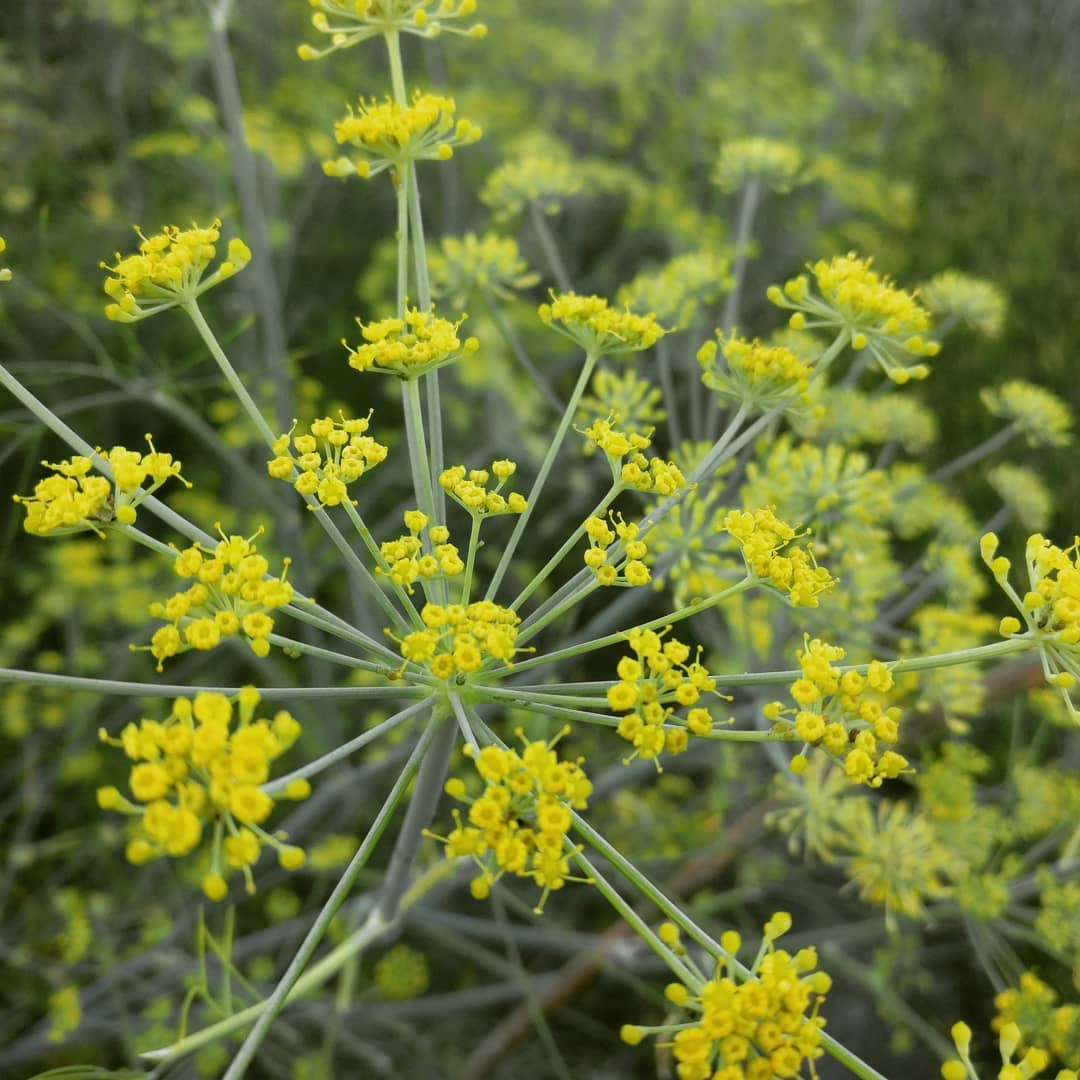
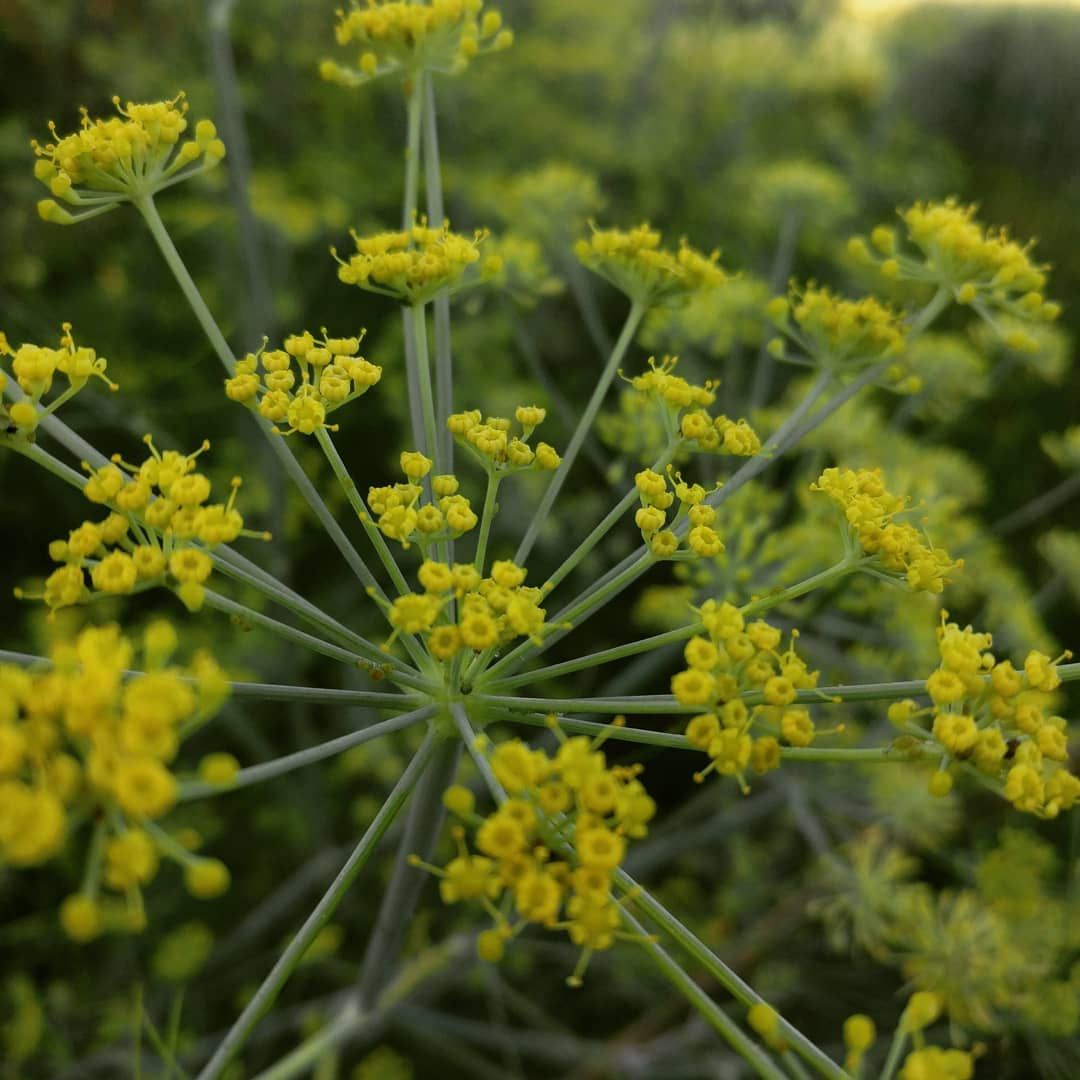
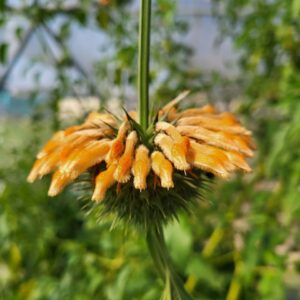
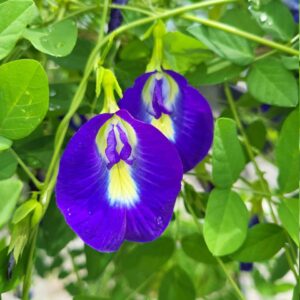
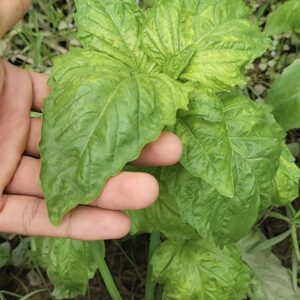
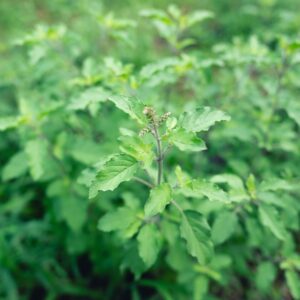
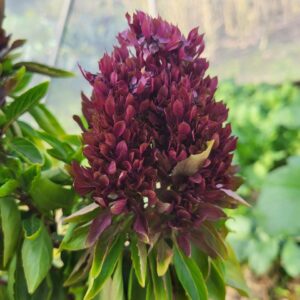
Reviews
There are no reviews yet.